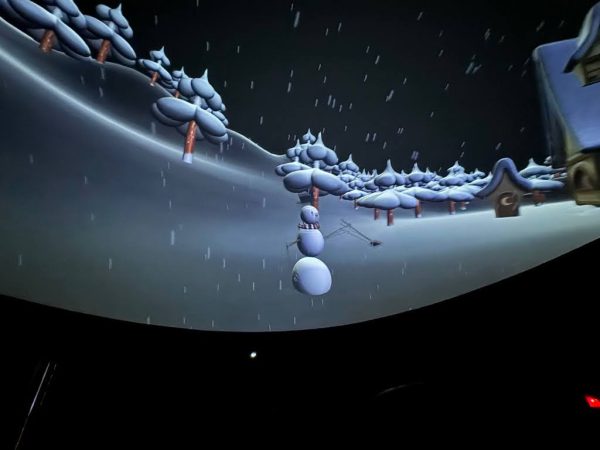Save the World One Map at a Time
The week of November 4 marked Geography Week at Colgate. One of the most exciting events of this week was the Mapathon which occurred on Thursday, November 6.
In the United States, we use these public maps daily, whether we are finding a good dinner spot or directions to a friend’s house. However, not all places in the world are so lucky. Humanitarian aid organizations like the United States Red Cross do a lot of humanitarian relief related to natural disasters in areas of the world that are not adequately mapped. The lack of navigation tools hinders the Red Cross’ ability to provide adequate relief to these areas. Without them, it is difficult to locate infrastructure and people. Luckily, there are ways that even someone inexperienced in geography can help solve this accessibility problem.
Using a free online and publicly available tool called Open Street Maps, people from all over can access maps of the world’s roads, infrastructure, and more through digitized features on the map. Organizations doing humanitarian relief in areas lacking maps can post requests for these areas to be mapped on Open Street Maps, and users can access these tasks and contribute to the mapping of the areas that need it. A user can select a task, read about the background of the area that needs mapping, learn about why this specific area needs mapping and then pick a square of land to focus on and digitize its features. The given editing program allows users to zoom and select areas that haven’t been identified by others, and then label the features appropriately. After you finish mapping your allotted area, other, more experienced and professional users will review your submission and then publish it on Open Street Maps for the world to see and utilize!
“I was so surprised at how easy mapping ended up being, and I was really happy that I got to make this small difference in the world today,” junior Emily Lubin said.
One area that was mapped at the event was a region Central Africa, which has seen extreme violence since 2016 due to tensions between numerous armed groups. The area was left without adequate medical support, as skilled health workers and medical supplies are scarce. Doctors Without Borders, an international humanitarian organization, requested that this area be mapped in order to survey the population and understand the exact causes of the high local mortality rates. Once this area is mapped, Doctors Without Borders can finally provide assistance to this area.
With Open Street Maps and initiatives like the Mapathon, more people have the opportunity to get involved in the global effort to get people the help they need. This tool gives your average-Joe the opportunity to donate a little time and help people across the world.
“Let’s go save the world!” as Associate Professor of Geography Mike Loranty said.








